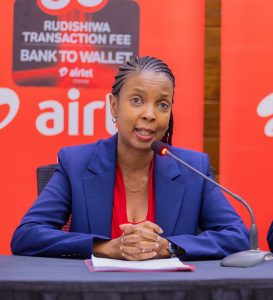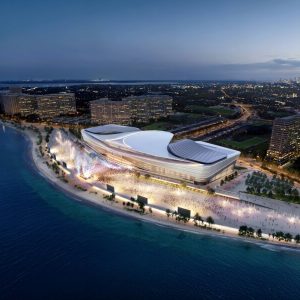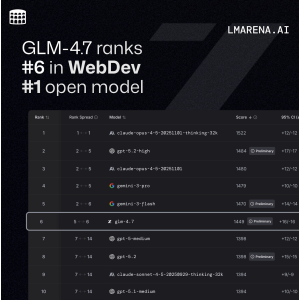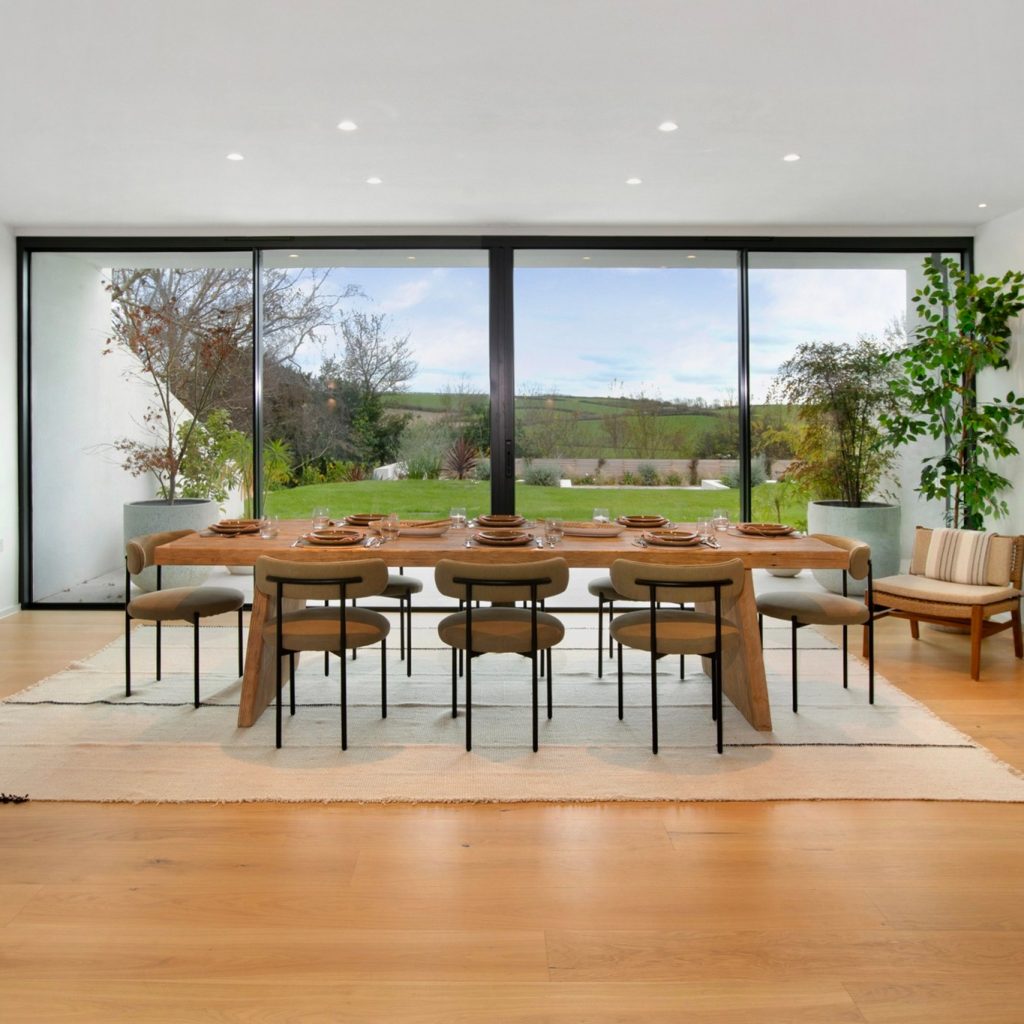
Knight Frank: Flight to quality drives Africa grade A office occupancy beyond 90%
- Cairo’s Grade A offices now average 90% occupancy, driven by plug-and-play offerings popular with multinational firms.
- Lagos saw Ikoyi’s prime office occupancy climb from 84% to 91%, highlighting strong tenant migration from older buildings to modern stock.
- Gaborone’s core zones posted robust demand, with CBD occupancy for Grade A offices between 85% and 95%.
There is a continent-wide shift in the Africa office market dynamics, marked by an accelerating “flight to quality,” the rise of flexible workspace solutions, and increasing demand for ESG-compliant offices, according to the global property consultant Knight Frank’s Africa Offices Market Dashboard – H1 2025. In more than half of the markets tracked by Knight Frank, occupancy levels for top-tier stock exceed 90%.

Ben Woodhams, Partner at Knight Frank London’s Africa Desk, explained,“There is a definite swing by occupiers towards Grade A, ESG-aligned offices, especially in the CBDs where prime occupancy rates are surging.
In stark contrast, older and Grade B buildings across the continent are experiencing prolonged vacancy periods, prompting landlords to offer flexible lease terms, rent reductions, and refurbishment incentives.”
 Mark Dunford, CEO of Knight Frank Kenya, stated, “Kenya’s office market continues to exhibit resilience, with high-quality, well-priced spaces performing strongly.
Mark Dunford, CEO of Knight Frank Kenya, stated, “Kenya’s office market continues to exhibit resilience, with high-quality, well-priced spaces performing strongly.
The Cube, completed in 2022, has maintained full occupancy, while other recently delivered Grade A developments such as Eneo at Tatu City, The Mandrake, Matrix One, and Purple Tower have attracted consistent leasing interest.
This clearly indicates that occupiers are willing to pay a premium for quality stock.
Properties that incorporate strong ESG credentials and adapt to evolving workplace needs are best positioned to thrive in today’s market.”
Rental Performance;
According to Knight Frank, in Johannesburg, Grade A office vacancies dropped to 7.8% in Q1 2025 (from 10% in Q1 2024), while vacancies for older, more secondary stock rose to nearly 10%.
With only 132,000 sqm under construction, it is below the 10-year completion rate of 500,000 sqm per annum (South African Property Owners Association (SAPOA)). This tightening supply is expected to drive rental uplifts for best-in-class space.
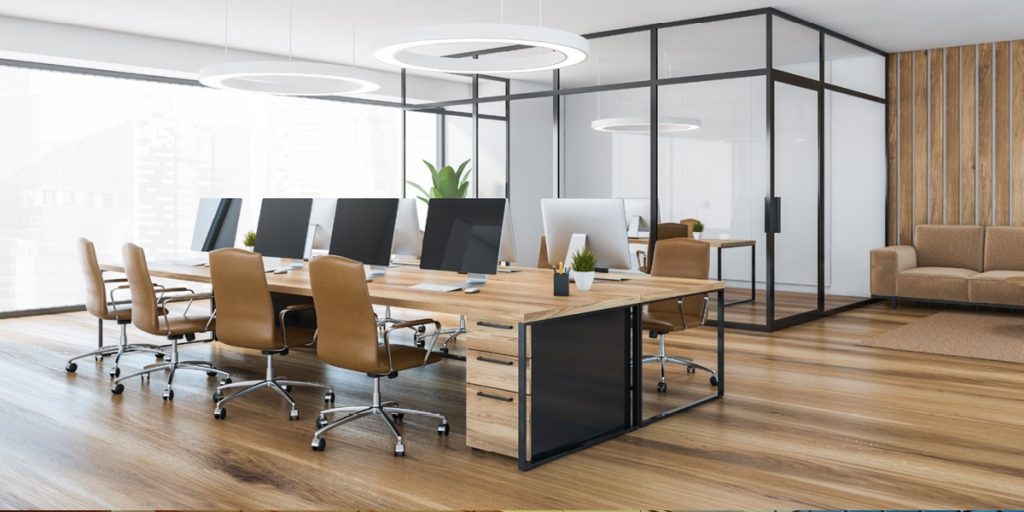 The report also notes that in Lagos, Ikoyi’s prime office occupancy jumped from 84% to 91%.
The report also notes that in Lagos, Ikoyi’s prime office occupancy jumped from 84% to 91%.
Despite this, monthly rents slightly softened (from US$ 57 to US$ 55 psm), reflecting a tenant-favourable market where landlords prioritise occupancy through concessions.
Cairo remains one of Africa’s most expensive office markets at US$ 37 psm per month, second only to Lagos.Boniface Abudho, Research Analyst at Knight Frank Africa, emphasises,“Cairo’s 2.5% year-on-year rental growth is being sustained by ongoing demand for modern ESG-compliant space, with flexible office operators like IWG planning a sevenfold expansion by 2030.”

Knight Frank highlights that in Zimbabwe, the market is decentralising, with suburban nodes such as Newlands and Mt Pleasant seeing 20% rental growth year-on-year, while CBD vacancy rates remain at 40%.
Residential conversions are also becoming a popular strategy for some landlords looking to capitalise on high demand levels.

Flexible Workspaces/ Hybrid Demand
Elsewhere, flexible and hybrid workspace models are gaining traction continent-wide, albeit unevenly due to infrastructure limitations and cultural factors.
Landlords are adapting with agile leasing strategies, tenant improvement allowances, and increased fit-out flexibility.
In Nairobi and Kampala, shared and co-working spaces are thriving, especially among SMEs and professional firms whilst Dar es Salaam and Lusaka are seeing a growing appetite for serviced offices and smaller units.

At the same time, Blantyre reports an early adoption of co-working solutions and green-certified office concepts, despite infrastructural headwinds.
Hybrid work adoption is most pronounced in Nigeria, where 31% of businesses have adopted flexible models, though 55% still require full on-site attendance, underscoring the ongoing need for adaptable office formats.



